Are you constantly seeking answers to work-related questions about time management?
Look no further!
In this comprehensive blog, we have compiled all the solutions you’ll ever need to master your work time effectively.
71% of employees struggle with time management, leading to decreased productivity.
From productivity hacks to scheduling techniques, join us as we unlock the secrets to maximizing your efficiency and achieving a healthy work-life balance.
Get ready to conquer your workday like a pro!
Let’s dive in;
Top 7 Most Asked Work Time Questions
Here are the most asked work time questions for you:
How can I improve my time management skills at work?
Effective time management is crucial for productivity.
Start by setting clear goals, prioritizing tasks, and using time-tracking tools to identify areas for improvement.
Break tasks into smaller, manageable chunks and eliminate distractions to stay focused.
Consistent practice and self-discipline will help you master this essential skill and boost your efficiency in the workplace.
Workstatus is your ultimate time management solution!
With its user-friendly interface and powerful features, Workstatus helps you stay on top of your tasks and boost productivity.
Here’s how it can assist you:
Task Tracking: Easily track the time spent on each task with just a few clicks.
Real-time Monitoring: Keep an eye on your team’s progress and identify bottlenecks in real time.
Productivity Insights: Get valuable insights into your work habits and identify areas for improvement.
Automated Reports: Receive detailed reports that help you analyze your performance and time allocation.
Integrations: Workstatus seamlessly integrates with popular project management tools, streamlining your workflow.

How can I be successful at project management?
Success in project management requires the following:
- Careful planning
- Communication
- Organization
Begin by defining project goals and deliverables, create a detailed timeline, and allocate resources efficiently.
Regularly assess progress and make adjustments as needed.
Open and transparent communication with team members and stakeholders will foster collaboration and ensure project success.
With Workstatus by your side, project management success is within reach.
Take advantage of these features to lead your projects to victory:
Project Tracking: Effortlessly track project progress, hours spent, and milestones achieved.
Team Collaboration: Foster collaboration with your team by sharing project updates and discussing tasks within the app.
Time and Expense Management: Keep tabs on project expenses and manage your team’s time effectively.
Deadline Reminders: Stay on track with project deadlines and receive timely reminders to ensure timely delivery.

How do I manage work-related stress and prevent burnout?
Managing work-related stress is vital for maintaining well-being.
Practice stress-reducing techniques like mindfulness, exercise, and time off to recharge.
Set boundaries between work and personal life to avoid burnout.
Seek support from colleagues or supervisors when needed and don’t hesitate to ask for help.
Workstatus cares about your well-being! Use these features to manage stress and prevent burnout:
Work-Life Balance Monitoring: Analyze your work-life balance with Workstatus’s comprehensive reports.
Customizable Notifications: Set personalized reminders to take breaks, meditate, or engage in relaxing activities.
Performance Analysis: Evaluate your productivity patterns to balance workload effectively.
Encouraging Transparency: Foster open communication within your team to address concerns and support each other.

Is there any way to automate time tracking?
Yes, there are several time-tracking tools like Workstatus available that can automate the process.
These tools can track the time spent on tasks, generate reports, and provide insights into your productivity.
By automating time tracking, you can save time and have a more accurate understanding of how you spend your work hours.
Workstatus provides seamless time tracking automation with:
Desktop and Mobile Apps: Workstatus offers both desktop and mobile apps, ensuring that time tracking is always at your fingertips.
GPS Tracking: For mobile employees or remote workers, GPS tracking helps accurately log working hours and location-based activities.
Idle Time Detection: Automatically capture idle time and exclude it from work hours to maintain accurate records.
Integrations: Workstatus integrates with project management tools, making time tracking an effortless part of your workflow.
Say goodbye to manual timesheets
Simplify Time Tracking with Workstatus
What is work-life balance, and why is it important?
Work-life balance means striking a balance between your professional and personal life.
It’s crucial for overall well-being, reducing stress, and preventing burnout.
When you strike a balance, you can be more productive and engaged in both work and personal aspects of life, leading to improved performance and increased job satisfaction.
Workstatus understands the significance of work-life balance for your well-being and overall success:
Detailed Reports: Assess your work hours against personal time to ensure a healthy balance.
Time Analytics: Gain insights into peak productivity hours to maximize work effectiveness.
Leave Management: Keep track of vacations and time-off requests for a well-deserved break.

How do I delegate tasks and collaborate effectively with my team?
Effective delegation involves understanding each team member’s strengths and assigning tasks accordingly.
A successful collaboration is a must. And it should include the following:
- Set clear expectations
- Provide the necessary resources
- Establish open channels of communication
Regularly check in with your team, offer support, and provide constructive feedback to foster a productive and cohesive work environment.
Workstatus streamlines task delegation and team collaboration through these features:
Broadcast Notifications: Use in-app chat and discussions to promote effective collaboration.
Performance Reports: Evaluate individual and team performance to optimize delegation strategies.
Scheduling Assistance: Plan your work hours efficiently, leaving room for leisure and personal commitments.

How do I create a productive daily routine that maximizes my work time?
Crafting a productive daily routine starts with identifying your peak productivity hours and aligning important tasks accordingly.
Prioritize crucial tasks for the day and set specific time blocks for focused work.
Don’t forget to incorporate short breaks to recharge your mind.
Stick to your routine consistently, and over time, it will become a habit that optimizes your work time and boosts overall efficiency.
Workstatus empowers you to create a productive daily routine with these valuable tools:
Time Blocking: Allocate specific time blocks for various tasks to maintain focus and efficiency.
Personalized Reminders: Set reminders for important activities, breaks, or specific tasks.
Activity Logging: Record your daily activities and analyze your productivity patterns.
Data-Driven Insights: Leverage Workstatus reports to optimize your daily schedule for optimal results.

Time Management Techniques for You!
Here are the most powerful time management techniques for you:
Pomodoro Technique
The Pomodoro Technique is a popular time management method that promotes focused work and enhances productivity.
It is based on a simple yet effective approach:
How it Works: Divide your work into intervals, typically 25 minutes long, called “Pomodoros.” Set a timer and work on a single task with complete focus until the timer rings.
Short Breaks: After each Pomodoro, take a short break of around 5 minutes to rest and recharge your mind.
Long Breaks: After completing a set of four Pomodoros, take a longer break, usually 15-30 minutes, to rejuvenate.
Benefits: This technique combats procrastination, minimizes burnout, and maintains concentration by breaking tasks into manageable chunks.
Eisenhower Matrix
The Eisenhower Matrix helps set the priority of tasks based on their importance and urgency.
Here is how it works:
Quadrants: Divide tasks into four quadrants – Urgent and Important, Important but Not Urgent, Urgent but Not Important, and Neither Urgent nor Important.
Prioritization: Focus on tasks in the first quadrant (Urgent and Important) to address critical matters first.
Delegation and Elimination: Delegate tasks in the second quadrant to others, and eliminate or postpone tasks in the third and fourth quadrants.
Time Management: This technique aids in allocating time wisely, reducing stress, and increasing overall efficiency.
Time Blocking
Time blocking is a technique that involves allocating specific time blocks for different activities throughout the day:
Planning: Create a daily schedule and assign time blocks to various tasks, ensuring set realistic durations.
Focused Work: During each time block, concentrate solely on the designated task and avoid distractions.
Flexibility: While adhering to the schedule, be flexible to accommodate unexpected events or urgent tasks.
Benefits: Time blocking enhances productivity, helps avoid multitasking, and improves time management by providing a structured approach to the day.
Getting Things Done (GTD) Method
The Getting Things Done (GTD) Method, developed by David Allen, is a comprehensive system to manage tasks and information effectively:
Capture: Gather all tasks, ideas, and commitments in a trusted system, such as a to-do list or a digital app.
Clarify: Process each item and determine its significance and the next action required.
Organize: Categorize tasks into contexts (e.g., work, home, errands) and prioritize based on their relevance.
Review: Regularly review and update your task lists to ensure nothing falls through the cracks.
Execute: Focus on completing tasks based on context and priority, ensuring a productive and organized workflow.
Closing Thoughts
Mastering work time is a key element in achieving success and maintaining a healthy work-life balance.
Workstatus can help you unlock your full potential, conquer work challenges, and lead a more fulfilling professional life.
Remember, the power to make the most of your work time is in your hands!
FAQs
Q: How can I improve my time management skills at work?
Answer: Start by setting clear goals, prioritizing tasks, and utilizing time tracking tools like Workstatus.
Identify time-wasting activities and focus on continuous improvement to boost productivity effectively.
Q: What is the significance of work-life balance?
Answer: Work-life balance is crucial for overall well-being and job satisfaction.
It ensures that you have enough time for personal commitments, leading to reduced stress and increased productivity.
Q: How can the Pomodoro Technique benefit my productivity?
Answer: The Pomodoro Technique enhances focus and productivity by breaking tasks into manageable intervals (Pomodoros) with short breaks.
It combats procrastination and maintains concentration on essential tasks.
Optimize Your Workforce
Automate scheduling, Monitor attendance and Maximize productivity
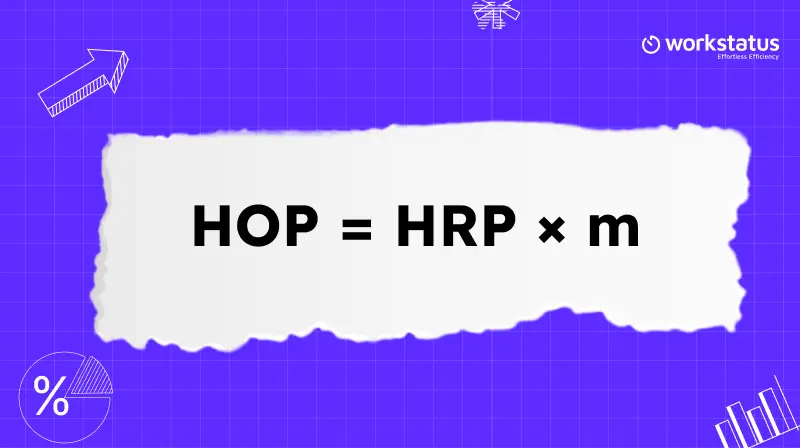

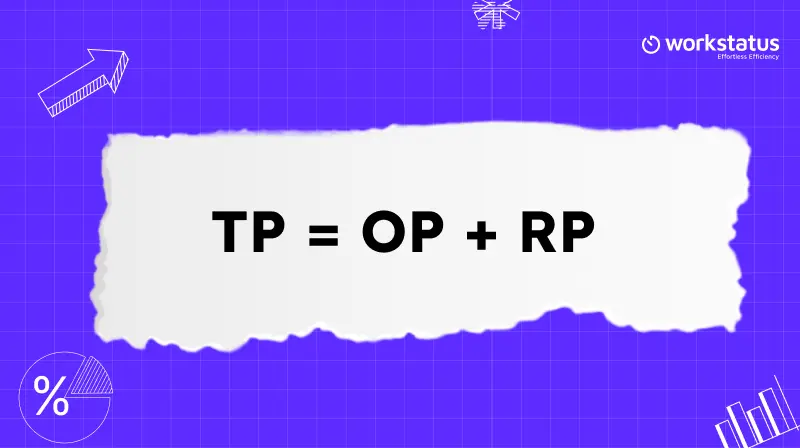
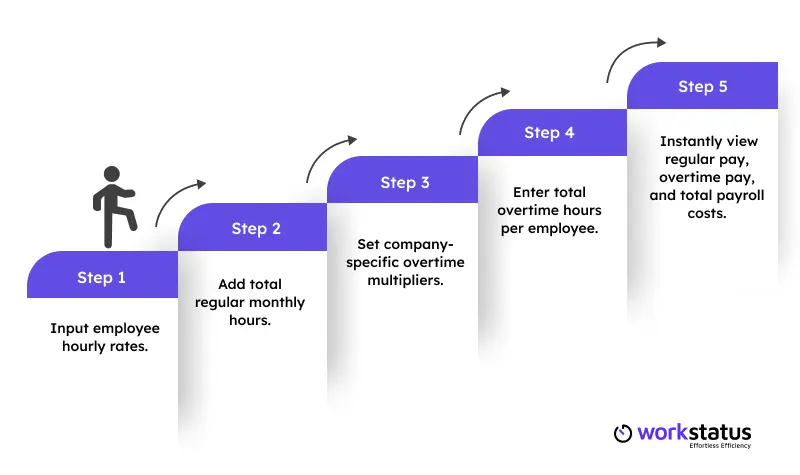

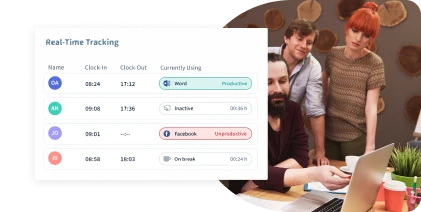













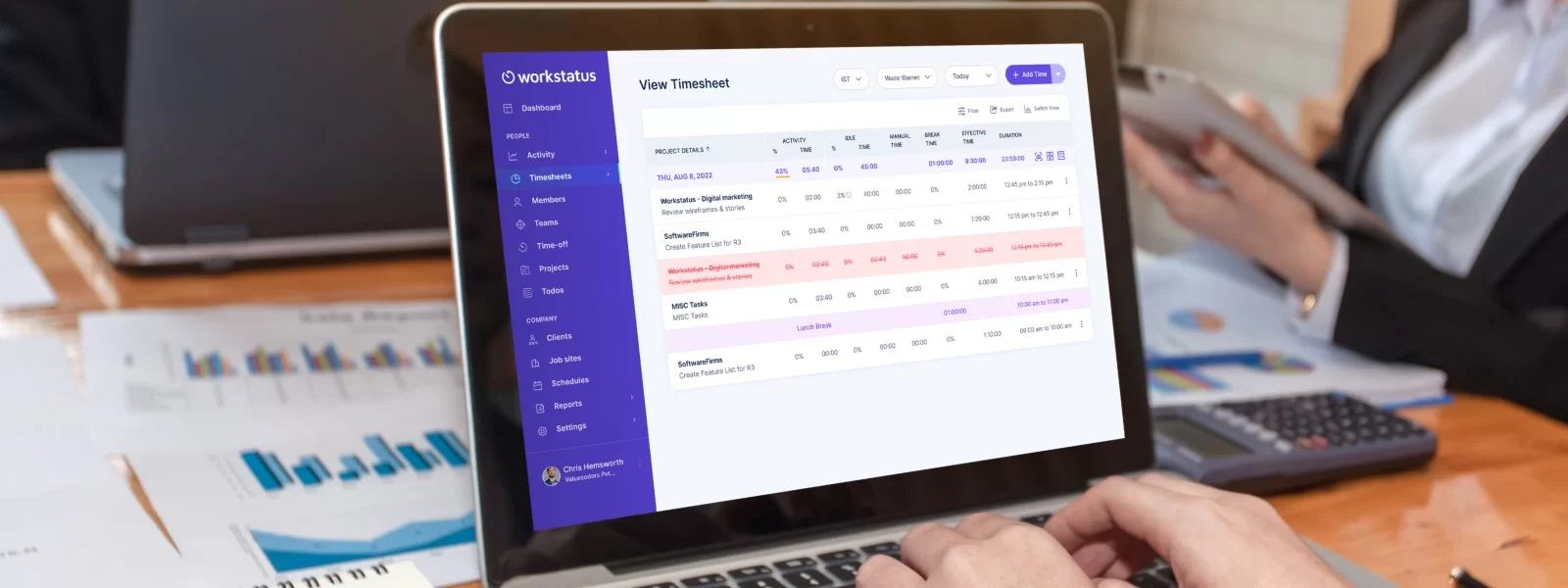




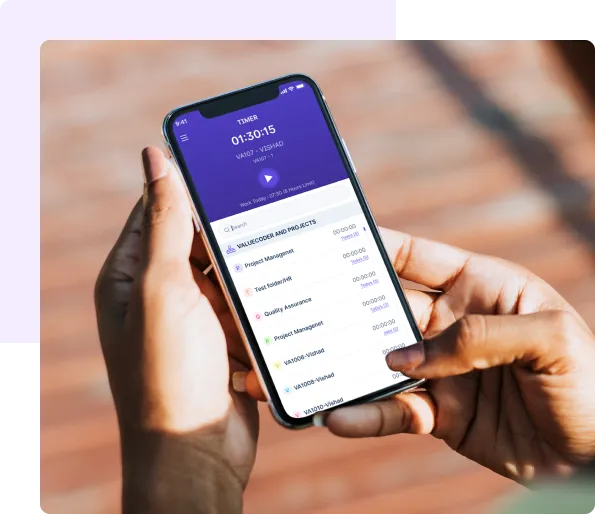















 In the fast-paced and dynamic
In the fast-paced and dynamic  The
The 




















